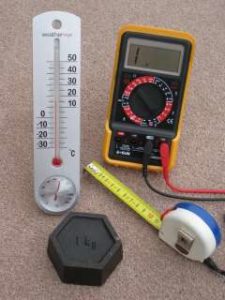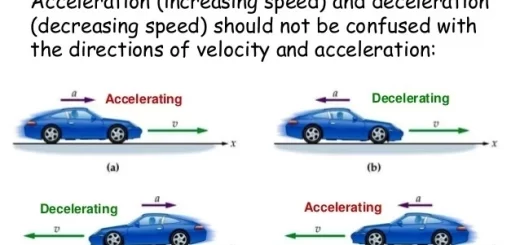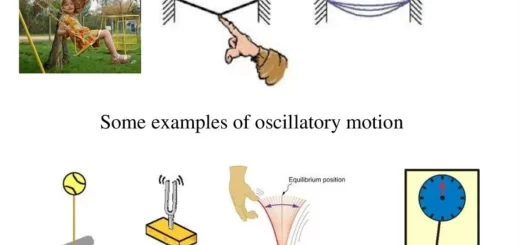Physical Quantities and measuring tools
Physical measurements
Measurement is the process of comparing an unknown quantity with another quantity of its kind (called the unit of measurement) to find out how many times the first includes the second, Key elements of measurement process are the physical quantity, measuring tools and units of measurement.
Measurements translate our daily observations into quantities amounts that can be expressed in terms of numerals, for example, describing the temperature of a person as being high is scientifically inaccurate, better to measure it using a thermometer to know its value.
Physical Quantities
Quantities such as mass, length, time ….etc. are called physical quantities and we need to measure them accurately in our daily life, Physical quantities can be classified into the fundamental physical quantities and the derived physical quantities.
The fundamental physical quantities are the physical quantities which can not be defined in terms of the other physical quantities such as length, time and mass, Length ( L ) is defined by itself , No other physical quantities is needed to define length , The length of a ruler = 20 cm .
The derived physical quantities are the physical quantities which can be defined in terms of the fundamental physical quantities such as volume , speed and acceleration , Volume is derived from length , Volume of a cuboid = length × Width × Height .
Physical Quantities is a shorthand formula to give a physical illustration of a particular indication, The relation among physical quantities can be expressed by mathematical equations which are shorthand illustration of a particular indication ( Physical Meaning ).
For example : when a moving body covers a distance ( d ) in time ( t ) , then its velocity ( v ) can be expressed as, Velocity = displacement / Time, V = d / t, This relation is called physical mathematical equation.
Measuring tools
Man in ancient eras used parts of his body as tools of measurement such as the arm , the hand span and the foot as the tools to measure length , Man used natural phenomena as tools of measurement such as the sunrise , the sunset and the Moon phases to measure time .
The measuring tools have been tremendously developed in the context of the great industrial evolution next to the Second World War , consequently , these tools were very helpful to man in describing phenomena accurately and exploring facts .
The used measuring tool depends on the physical quantity to be measured, some ancient and modern tools for measurement, To measure length, There are some tools such as Meter tape, Ruler, Vernier caliper & Micrometer.
To measure Mass , We use Roman scale , Beam balance , Analog scale , Digital balance , To measure Time , We use Hourglass , Clock , Stopwatch & Digital watch .
Measuring short lengths using the vernier caliper
Calipers have two jaws ( each is attached to a scale ) which are a fixed scale ( One division = mm ) , and a sliding ( vernier ) scale that can slide along the fixed scale and graduated into a number of divisions , ( one division = 0.99 mm ) , The division on the vernier scale is smaller than the division on the fixed scale by 0.01 mm .
The object is placed between the two jaws of the caliper and gently pressed , the reading on the fixed scale is recorded just before the zero mark of the sliding scale lines up .
You have to find out the mark on the vernier scale which most closely lines up with one of the marks on the fixed scale, multiply the number of divisions taken from the vernier scale by 0.01 mm.
The vernier reading = No. of divisions × 0.01
Add the vernier reading to the fixed scale reading to obtain the measured length .
Measuring the surface area of a cylinder
Assume that the radius of the cylinder base is ( r ) and its height is ( h ) , Its base area = π r² , The lateral surface area = base circumference × Height = 2π r h
Determination of the area of the cylinder base
Put the cylinder base on a graph sheet and mark its base , Remove the cylinder and measure the diameter of its base ( 2r ) by the ruler , Calculate the radius ( r ) and then find the base area which is circular in shape ( π r² ) .
Determination of the lateral area of the cylinder
Measure the height of the cylinder ( h ) , Calculate the base circumference that equals = 2π r , The lateral area = 2π r × h
Another method to determine the lateral area of the cylinder
Wrap a cardboard sheet around the cylinder exactly one complete turn , Straighten the cardboard sheet to get a rectangle of length equal to the base circumference and width equal to the cylinder height , Measure the length of this circumference , Multiply the circumference length × height to obtain the lateral area of a cylinder .




